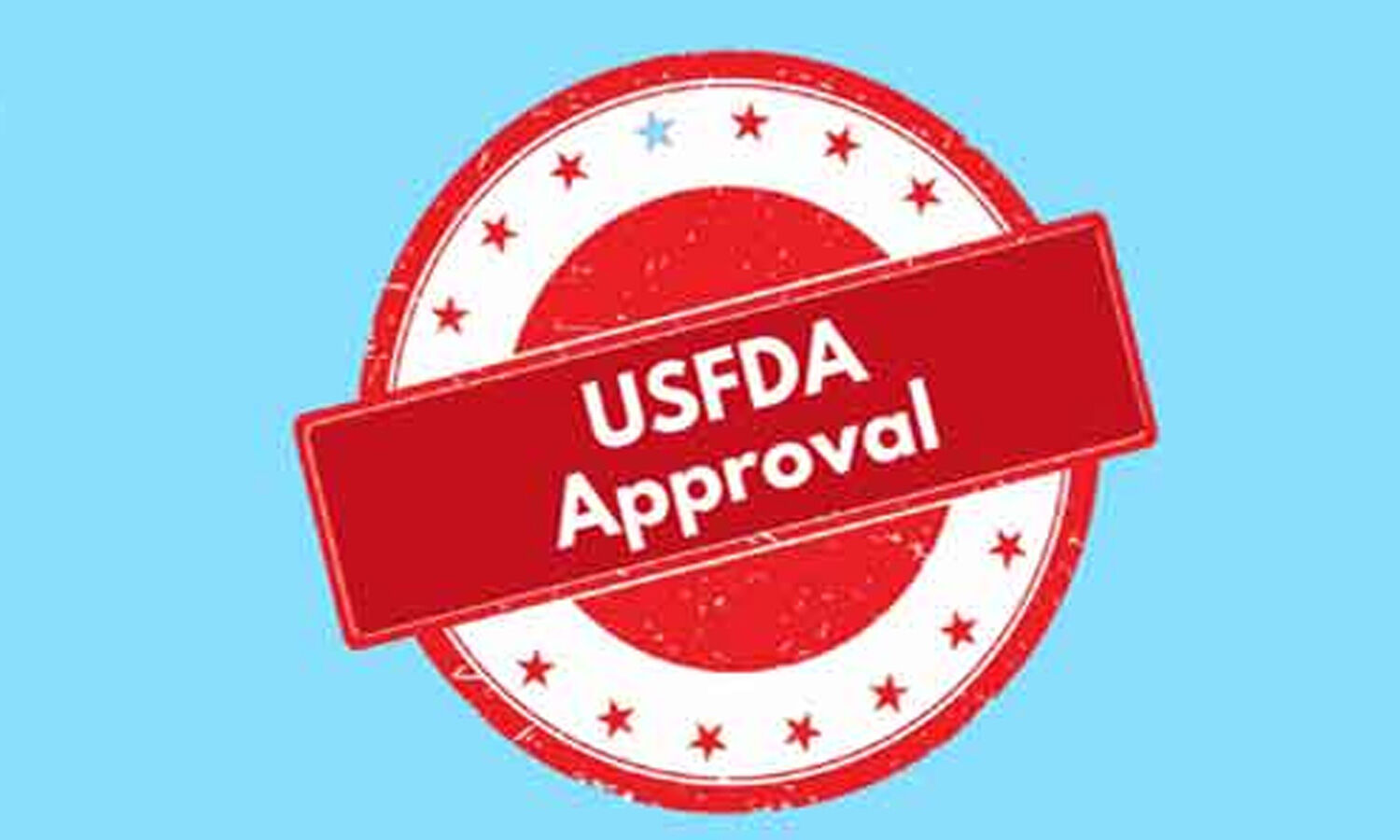Sanofi gets USFDA nod for Sarclisa (isatuximab-irfc) for refractory multiple myeloma

Sarclisa offers an intravenous (IV) administration and is dosed at 10 mg/kg, in combination with pom-dex, every week for four weeks and then every two weeks, until disease progression or unacceptable toxicity.
Paris: The U.S. Food and Drug Administration (FDA) has approved Sarclisa® (isatuximab-irfc) in combination with pomalidomide and dexamethasone (pom-dex) for the treatment of adults with relapsed refractory multiple myeloma (RRMM) who have received at least two prior therapies including lenalidomide and a proteasome inhibitor. Sarclisa is expected to be available to patients in the U.S. shortly.
Sarclisa is a monoclonal antibody that binds to the CD38 receptor on multiple myeloma cells.
"Today's FDA approval of Sarclisa provides a new treatment option for patients with difficult-to-treat multiple myeloma. These are patients whose disease has returned or become resistant to their prior treatments," said Paul Hudson, Chief Executive Officer, Sanofi. "At Sanofi, we are focused on discovering and developing medicines that may change the practice of medicine, and Sarclisa offers a potential new standard of care in the United States. We continue to evaluate Sarclisa in a comprehensive clinical program in multiple myeloma, as well as in other blood cancers and solid tumours."
In the ICARIA-MM study, Sarclisa added to pom-dex (Sarclisa combination therapy) demonstrated a statistically significant improvement in progression-free survival (PFS) with a median PFS of 11.53 months compared to 6.47 months with pom-dex alone. Sarclisa combination therapy also demonstrated a significantly greater overall response rate compared to pom-dex alone
"Most patients with multiple myeloma, unfortunately, relapse and become refractory to currently available therapies. Sarclisa used in combination with pomalidomide and dexamethasone offers an important new treatment option for patients in the United States living with this incurable disease," said Paul Richardson, MD, principal investigator of ICARIA-MM, and clinical program leader and director of clinical research at the Jerome Lipper Multiple Myeloma Center at Dana-Farber Cancer Institute. "The pivotal ICARIA-MM trial was the first Phase 3 study of a CD38 antibody in combination with pom-dex to present results demonstrating significant clinical benefit in this setting. The study enrolled a broad population of patients with relapsed and refractory multiple myeloma that is particularly difficult to treat and with poor prognosis, which is reflective of real-world practice."
The most common adverse reactions (occurring in 20% or more of patients) in patients who received Sarclisa combination therapy were neutropenia (96%), infusion-related reactions (39%), pneumonia (31%), upper respiratory tract infection (57%) and diarrhoea (26%). Serious adverse reactions that occurred in more than 5% of patients who received Sarclisa combination therapy included pneumonia (25.3%) and febrile neutropenia (12.3%). Permanent discontinuation of Sarclisa combination therapy due to an adverse reaction (Grades 3-4) occurred in 7% of patients, and 3% of patients discontinued due to an infusion-related reaction.
Sarclisa offers an intravenous (IV) administration and is dosed at 10 mg/kg, in combination with pom-dex, every week for four weeks and then every two weeks, until disease progression or unacceptable toxicity. The first cycle is administered in an infusion time of 200 minutes, which can decrease to 75 minutes for the third cycle onwards. A treatment cycle is 28 days.
The U.S. list price (wholesale acquisition cost, or WAC) for Sarclisa is $650 per 100 mg vial and $3,250 per 500 mg vial. For a typical patient in the U.S., between 70-80 kg (154-176 lbs), this correlates to a cost of $5,200 per infusion. Actual costs to patients are generally anticipated to be lower as the list price does not reflect insurance coverage, copay support, or financial assistance from patient support programs. "Sanofi is committed to responsible pricing while bringing innovative and valuable therapies to patients with significant unmet need".Sanofi release said
Patients in the U.S. who have been prescribed Sarclisa may be eligible to enrol in the CareASSIST Patient Support Program, which provides reimbursement support and financial assistance to eligible patients.
Multiple myeloma is the second most common hematologic malignancy, affecting more than 130,000 patients in the United States; approximately 32,000 Americans are diagnosed with multiple myeloma each year. Despite available treatments, multiple myeloma remains an incurable malignancy and is associated with a significant patient burden. As patients relapse, they can become refractory to therapies they have received. There is a need for new agents so that patients and physicians can have options as the disease progresses over time. Relapsed (or recurrent) multiple myeloma means that the cancer returns after treatment or a period of remission. Since multiple myeloma does not have a cure, most patients will relapse at some point. Refractory multiple myeloma refers to cancer that does not respond to therapy.
Read also: Sanofi to pay USD 11.9 million to resolve US drug charity kickback probe
Medical Dialogues Bureau consists of a team of passionate medical/scientific writers, led by doctors and healthcare researchers. Our team efforts to bring you updated and timely news about the important happenings of the medical and healthcare sector. Our editorial team can be reached at editorial@medicaldialogues.in. Check out more about our bureau/team here

Disclaimer: This site is primarily intended for healthcare professionals. Any content/information on this website does not replace the advice of medical and/or health professionals and should not be construed as medical/diagnostic advice/endorsement or prescription. Use of this site is subject to our terms of use, privacy policy, advertisement policy. © 2020 Minerva Medical Treatment Pvt Ltd